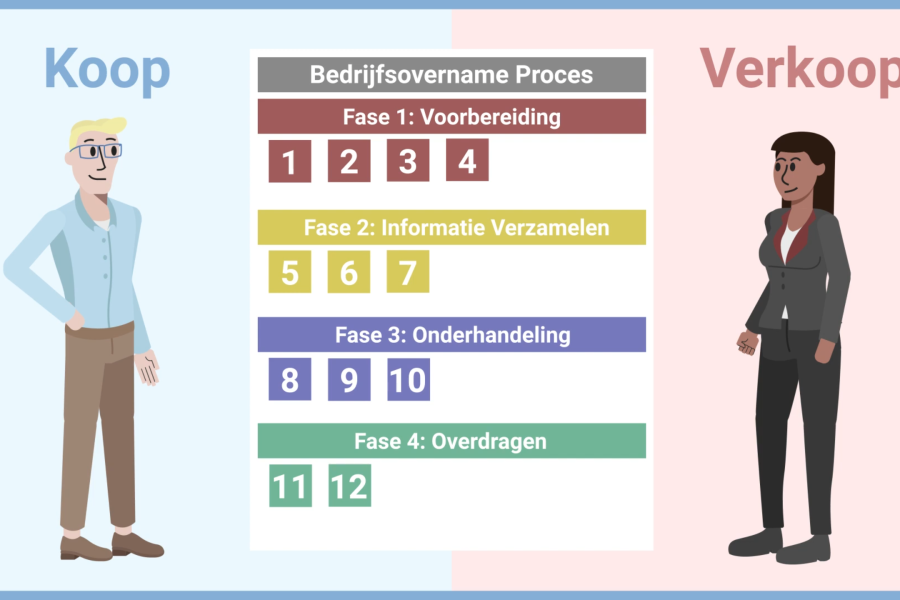Because the takeover of a business within family can come with emotions and unspoken issues, a family statute can help clarify the process.
Rules and agreements about how the family will manage the company is written in the family statute. This way, you avoid discussions during the process and any additional issues afterwards. The goal of the statute is to effectively communicate as a family and to make agreements about topics that are bordering family and business. The statute is made according to conversations with all the involved parties. Attaining advice and working with an external advisor is wise in this process. A family statute mostly includes the following parts:
- Vision for the future and goals of the family business
- Values and rules of conduct of the family and the family business
- Arrangement of ownership and control
- Career in the family business of the persons concerned
- Governance structure and consequences if family members leave
- Salaries and allowances for family members
- Management of the family business by family and/or non-family members
- Process of transfer and succession in management and ownership
- Consultation, information, and decision-making within the family
- In the event of, for example, a gap due to illness or premature death: who will be taking over management to guarantee continuity of the business.



